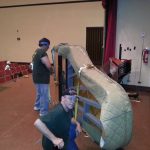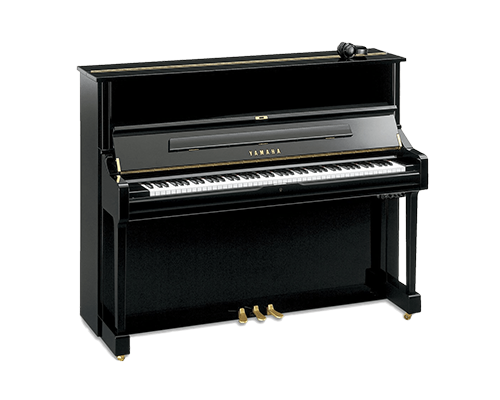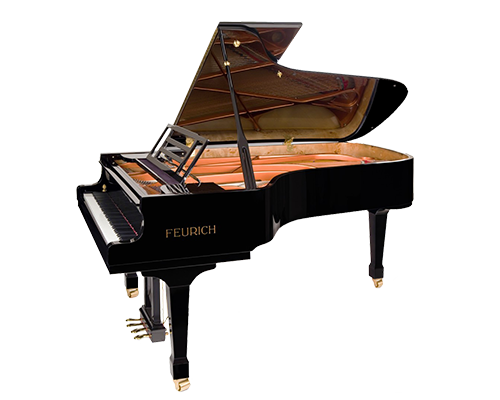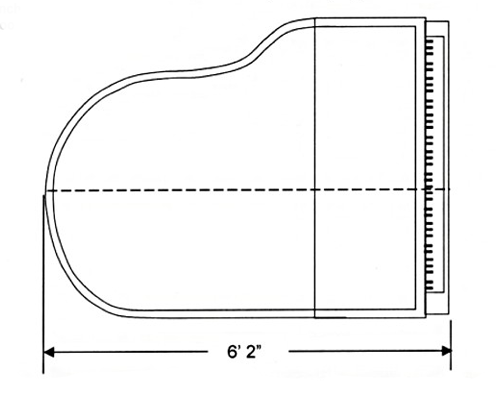Chicago Area Piano Moving
Piano and organ moving is as much an art as it a science. Pianos are moved to and from a wide variety of locations. Many of these moves provide unique challenges and our movers have to use their raw physical strength along with their wisdom to accomplish the job. Having a knowledgeable crew with decades of experience is vital to ensure a successful move of your instrument.
Piano Moving Costs
The question most often asked when finding a piano mover is “How much does it cost?”. Piano moves are priced based on four major factors:
- The style/type of piano (upright, baby grand, grand…)
- The distance between the pick-up and delivery
- The difficulty of the move due to turns, stairs, and the need for specialty equipment
- The brand of piano – some pianos are made better and are heavier than others
With these factors in mind, 80% of the pianos we move fall into the $350 – $750 price range.



 pright Pianos
pright Pianos
 Upright / Vertical Piano
Upright / Vertical Piano Grand Piano
Grand Piano